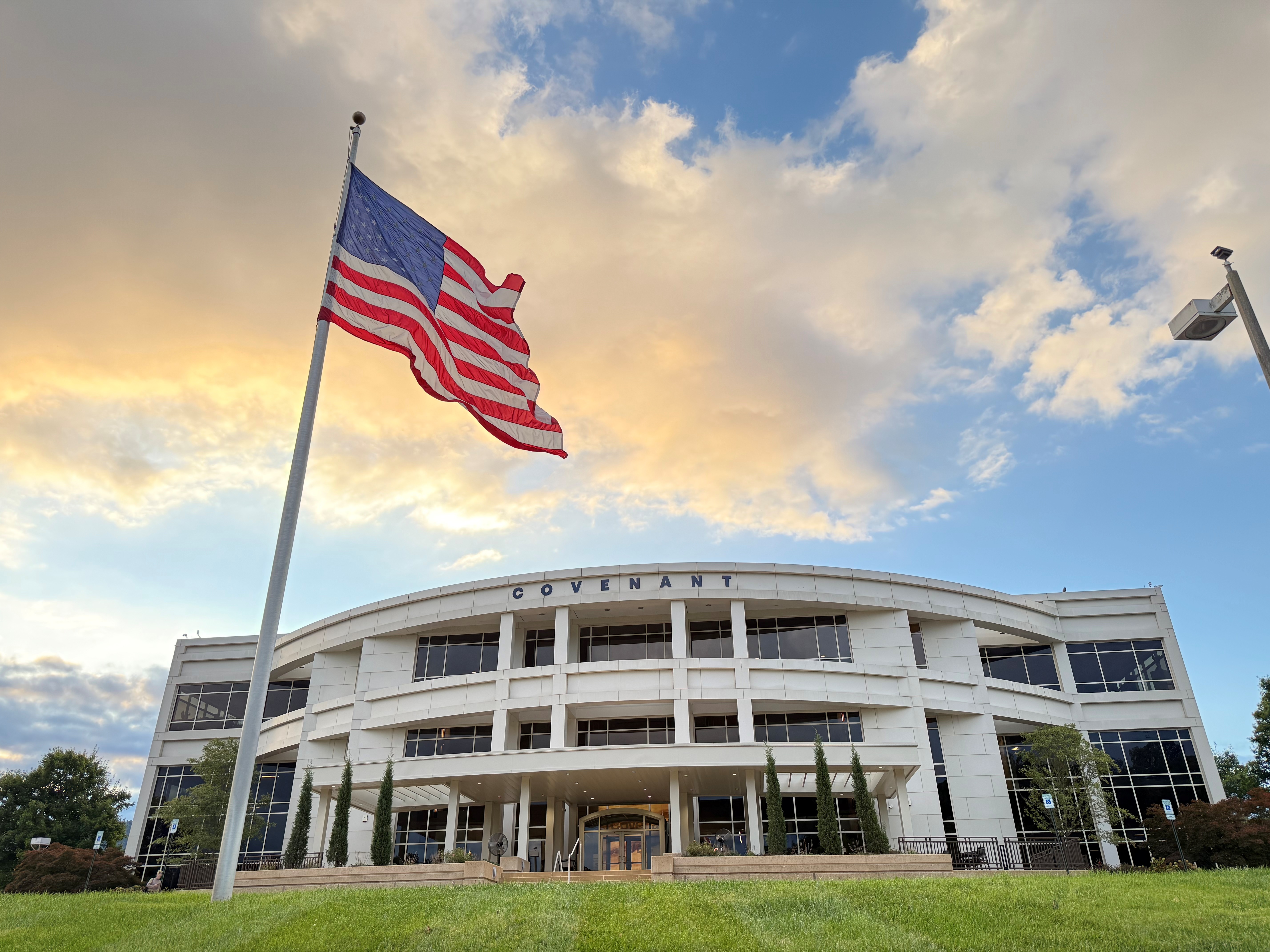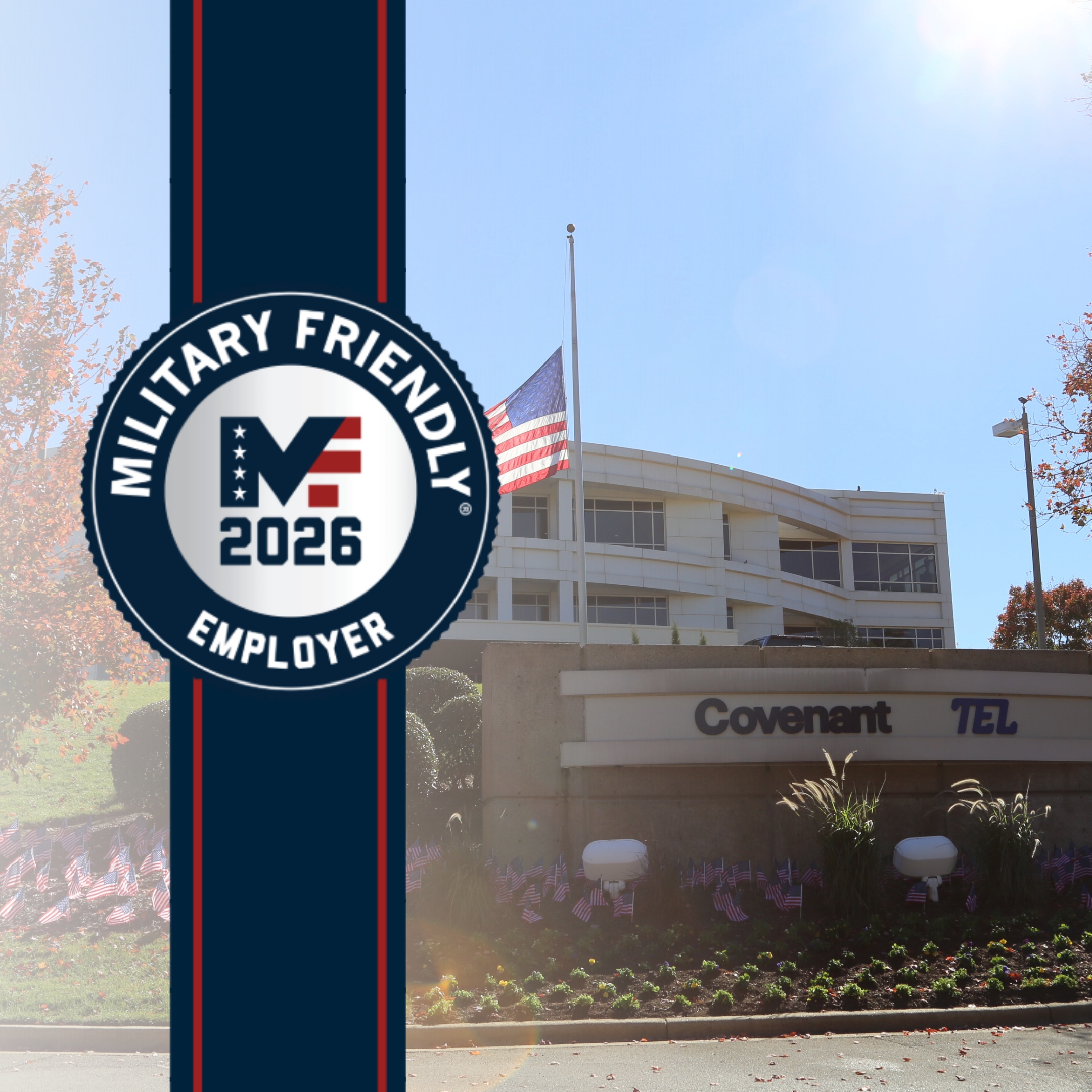In an effort to improve the safety of the transportation industry, the Federal Motor Carrier Safety Administration (FMCSA) is continually considering new safety regulations. For both truck drivers and customers, it is important to be aware of the latest pending regulations to ensure freight is moving aboard semi-trucks that are in compliance with regulations.
“At Covenant, we invest time and resources in ensuring that we’re not only meeting the regulations, but doing what we believe can make our fleet is one of the safestin the industry,” said Covenant’s Marshall Rushworth, director fleet safety technology. “As a result of these proactive efforts, I’m proud to report that the years of 2021 through 2023 have been the company’s safest on record as measured by DOT reportable accidents.”
Read on to learn more about two of the latest safety and technology regulations that are under consideration now. If passed, they will impact semi-truck operations and the transportation industry as a whole.
Automatic Emergency Braking
Automatic Emergency Braking (AEB) is a safety technology that uses advanced sensors and cameras to detect when a collision is imminent. If detected, AEB systems automatically apply brakes to help mitigate a crash, and in many cases prevent it entirely. Though many passenger cars and semi-trucks on the road are already equipped with this type of technology, the NHTSA and FMCSA have joined for a proposed a rule that would require all newly manufactured semi-trucks to be equipped with AEB. Originally slated to be finalized in 2024, the mandate suggests to “conservatively prevent 19,118 crashes, save 155 lives, and reduce 8,814 non-fatal injuries annually…” . Despite this progress, actual implementation has been delayed, and the final rule is now expected in 2025 at the earliest.
While the regulatory discussion period for the proposed ruling is currently open, Covenant is actively investing in AEBs (and other safety-oriented technology) for its trucking fleet.
“Covenant began adoption of this technology in 2014 and it remains part of our standard truckspec for our company-owned over the road trucks,” said Rushworth. “Since original adoption, Covenant’s preventable rear-end accidents have reduced by over 50 percent. We look forward to a time when such systems find a path to a reasonable regulatory requirement for the industry.”
Speed Limiters
In 2022, the FMCSA issued a Notice of Intent (NOI) for rulemaking on speed limiters in commercial vehicles. The NOI is the beginning of the data-gathering process, where the FMCSA collects information about the use of speed limiters. The FMCSA initially proposed a top speed limit of 68 mph in September 2023. However, the agency later removed the speed limit from the rule, and as of July 2024, the rule is now scheduled to be issued in May 2025.
In response to the NOI, the American Trucking Association (ATA) issued the following statement:
“Official ATA policy supports a maximum set speed of 70 MPH in trucks equipped with AEBand adaptive cruise control. In trucks without those safety features, our policy supports a maximum set speed of 65 MPH.”
“Covenant continues to support the position of the American Trucking Association (ATA) in regards to speed limiters and already applies such limiters on company trucks similar the ranges proposed by the ATA,” explained Rushworth. “We deploy AEBs, Speed Limiters, and other safety features proactively because we care about the wellbeing of our Drivers and those who share the road with them, as well assuring safe delivery of freight.”
Early Adoption Has Helped Covenant Stay Ahead
Because Covenant has “walked the walk” by investing in safety technology far earlier than required, the company will be ahead of the game if and when these new regulations are passed. Further, Covenant’s fleet is relatively new, averaging around two years old, a factor that means new technologies are continually adapted across the company’s fleet faster than other carriers.
“All of this means that our company has been able to navigate any unforeseen challenges in advance of regulations. As a result, when regulations are eventually created, the disruption to our operations and Drivers tends to be minimal,” said Rushworth. “This gives our Customers confidence that freight is moving in the safest possible way and in total compliance with regulations.”
If drivers or customers have questions about either of the above proposed regulations, or any others related to safety and technology, contact Covenant.






